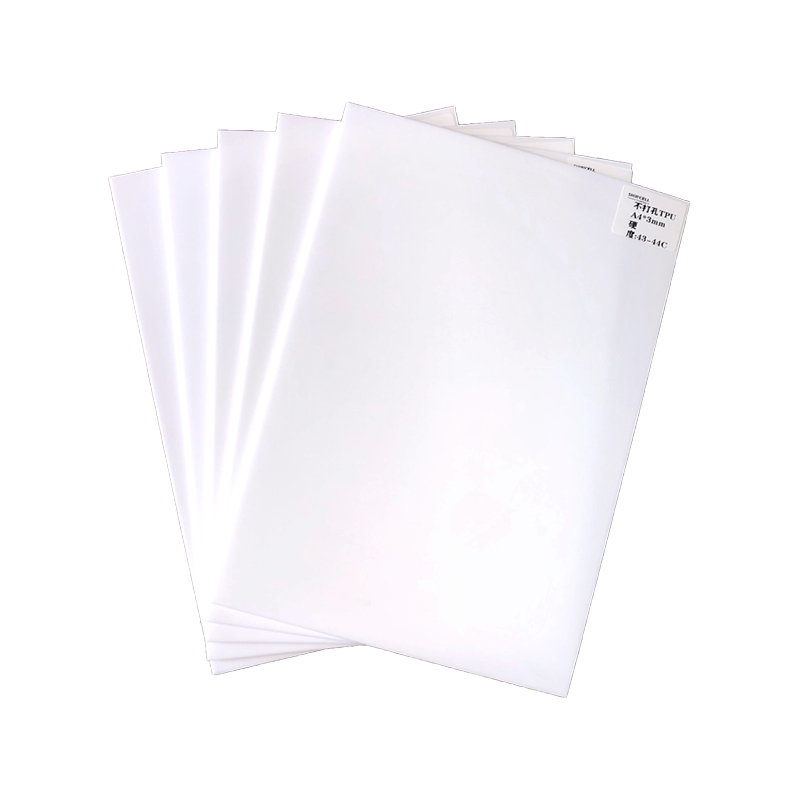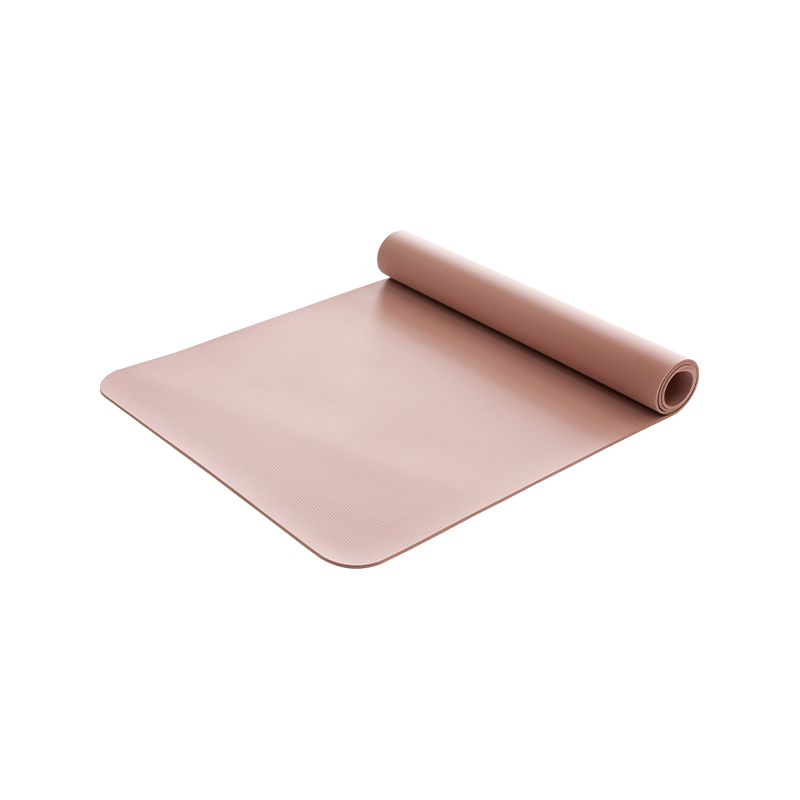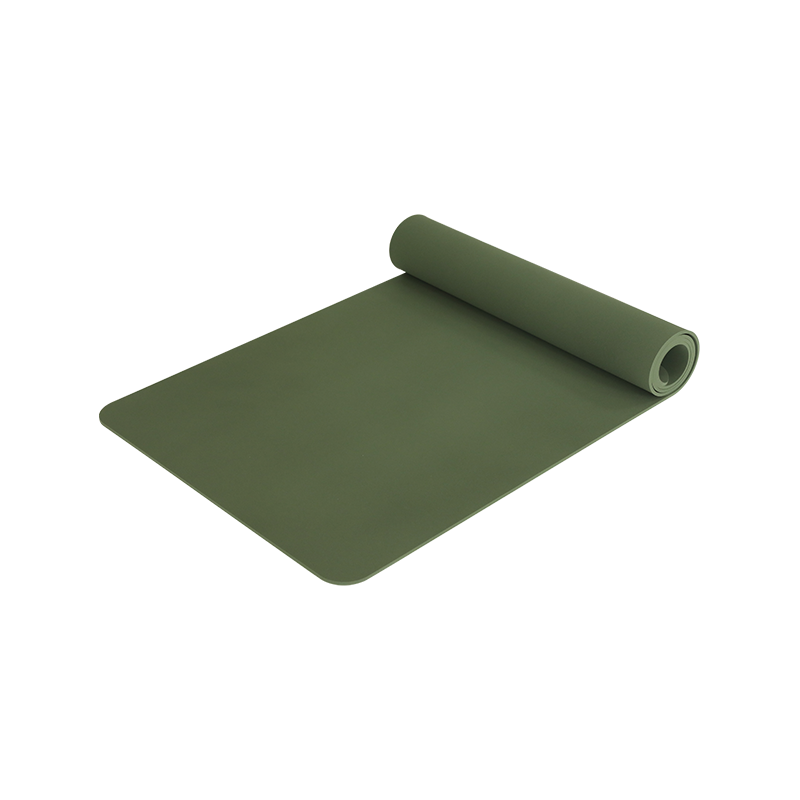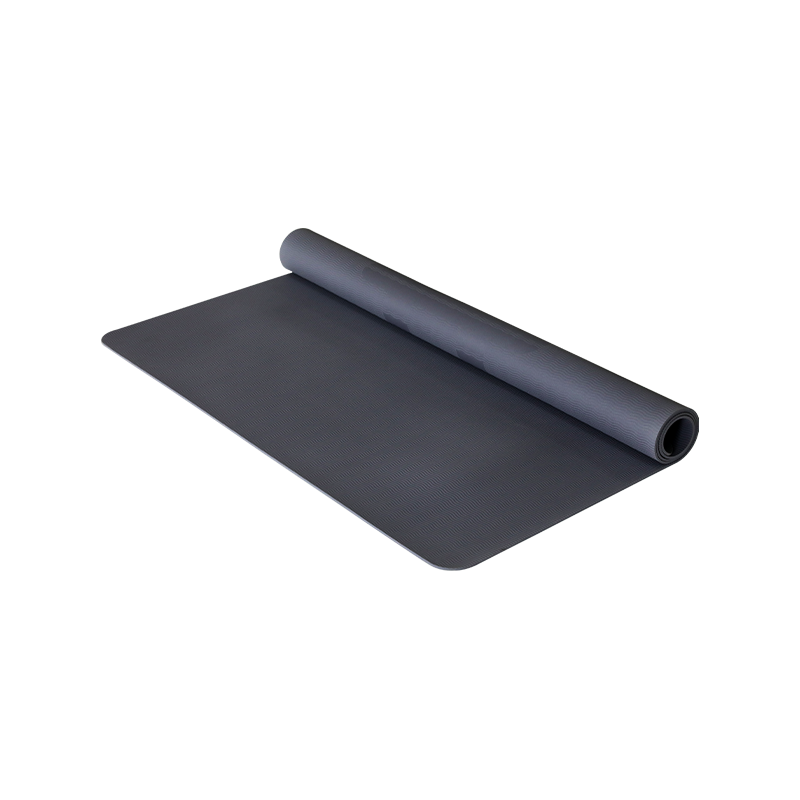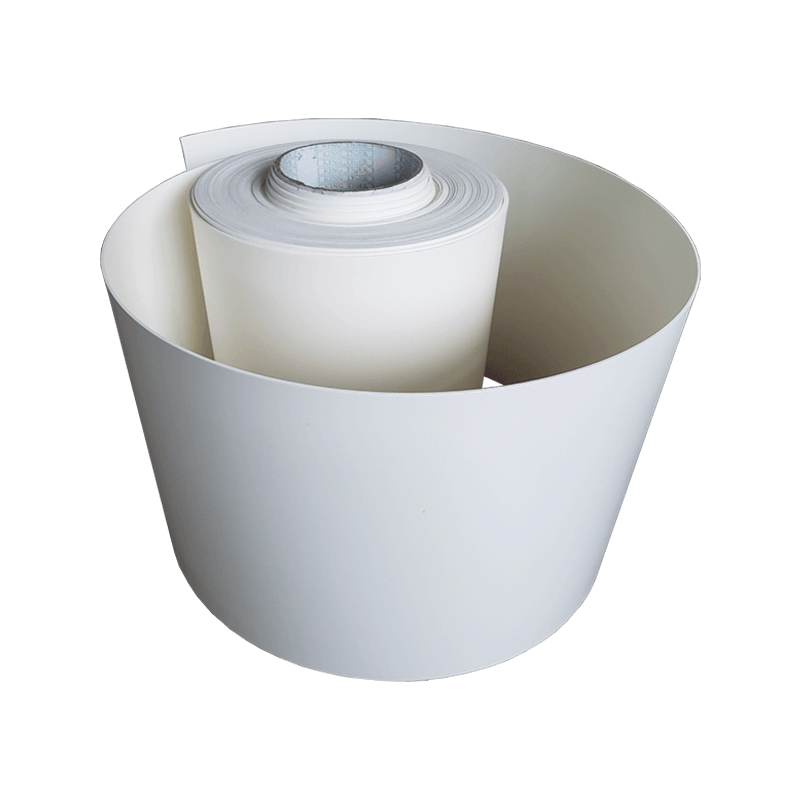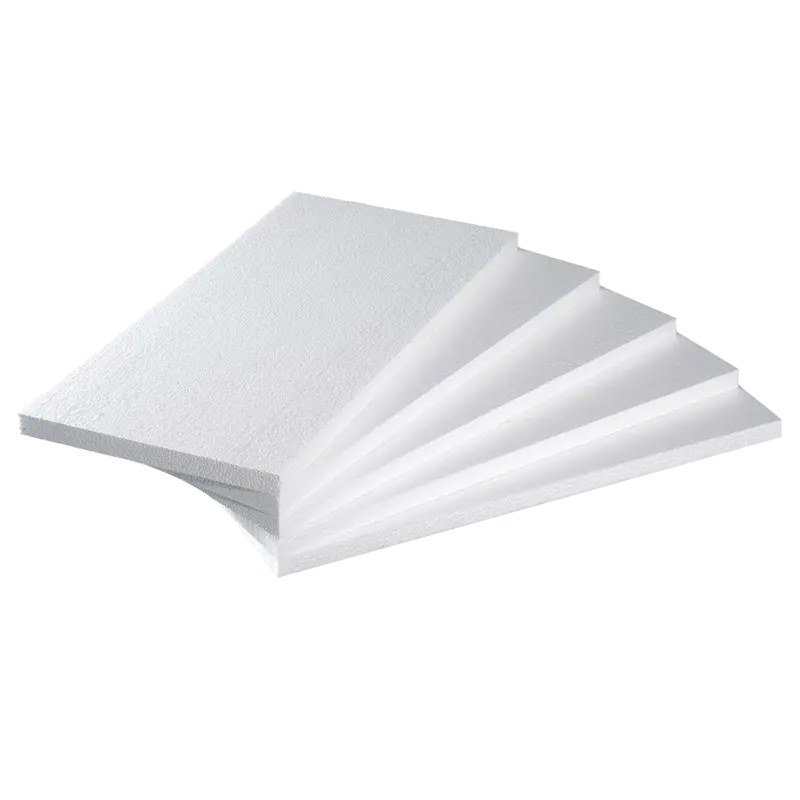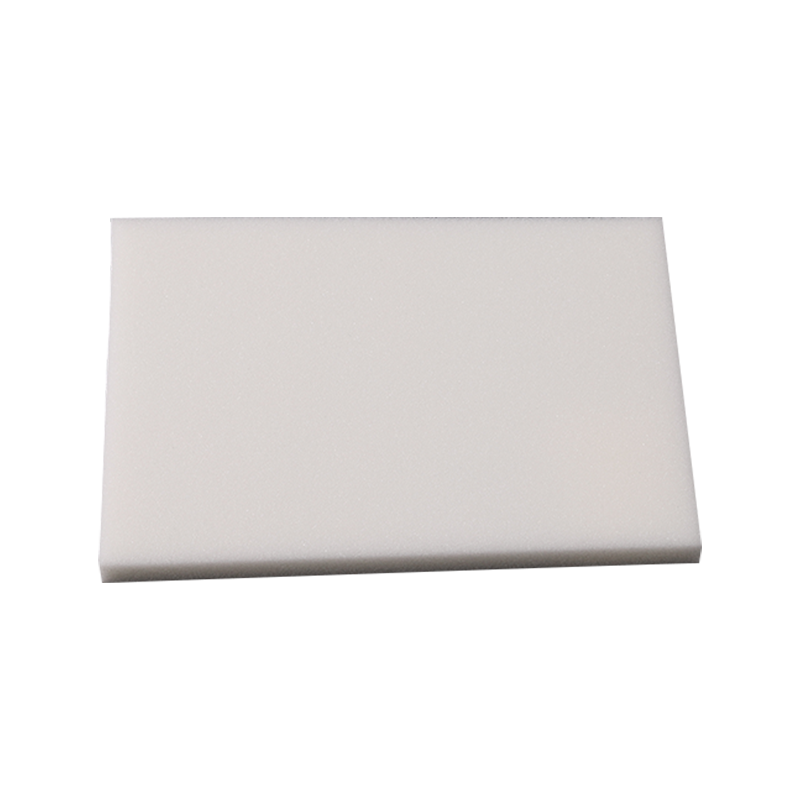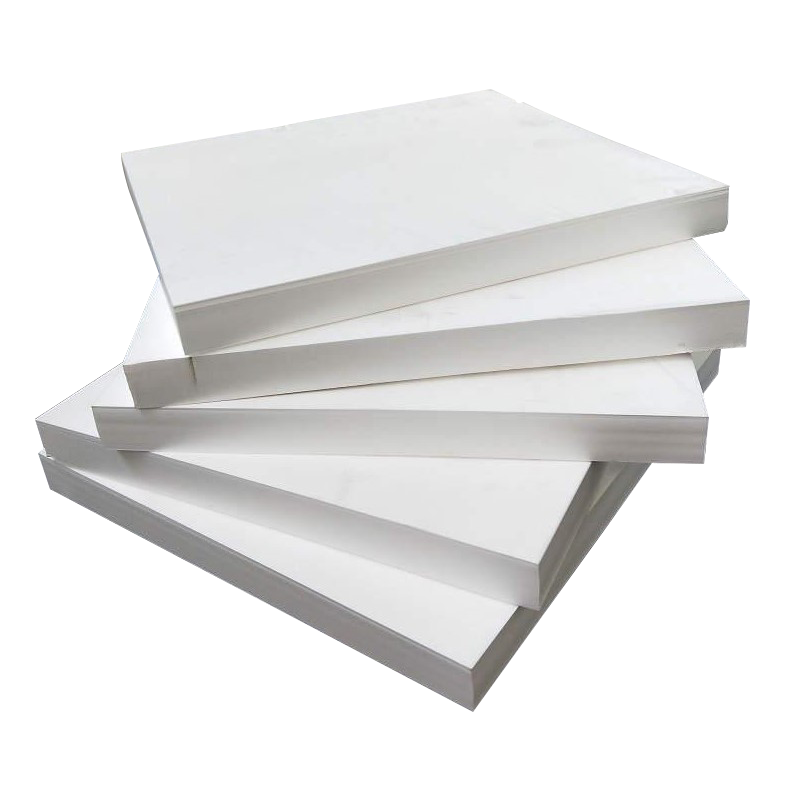Home / News / Why does MPEBAX foam production need to reduce the moisture content of raw materials to below 0.01%?
Molecular sieve adsorption drying technology: the core means of precise water removal
1. Selection and characteristics of molecular sieves
Molecular sieves are a type of aluminosilicate crystals with a regular pore structure, and their pore size is highly matched with the kinetic diameter of water molecules (about 0.28nm). In the production of MPEBAX foam, 3A molecular sieves (pore size 3Å) are usually selected. Their advantages are:
Selective adsorption: polar molecules (such as water) are preferentially adsorbed, while the adsorption of non-polar PEBAX and SC-CO₂ is extremely low;
High specific surface area: The adsorption area per unit mass of molecular sieve can reach 500-800m²/g, ensuring efficient water removal;
Regeneration performance: water can be desorbed by heating to 200-300℃ for recycling.
2. Design and operation of drying system
The molecular sieve drying system usually adopts a dual-tower alternating working mode:
Adsorption tower: PEBAX particles pass through the molecular sieve bed under nitrogen protection, and moisture is adsorbed into the molecular sieve pores;
Regeneration tower: The molecular sieve in the other tower desorbs moisture at high temperature to restore adsorption capacity.
The system switches between the two towers through PLC control to ensure that the moisture content of the raw materials is continuously lower than 0.01%.
The destructive effect of excessive moisture on SC-CO₂ foaming
1. Chemical reaction: fatal encounter between moisture and SC-CO₂
Under high temperature (180-200℃) and high pressure (15-25MPa), SC-CO₂ reacts with trace moisture to generate carbonic acid (H₂CO₃).
The generation of carbonic acid will trigger the following chain reactions:
Acidification degradation: The acidic environment of carbonic acid accelerates the breakage of PEBAX molecular chains, resulting in a decrease in material strength;
Bubble anomaly: CO₂ bubbles generated by the decomposition of carbonic acid gather locally to form non-spherical pores, reducing the resilience performance;
Pore collapse: The reaction heat causes the local temperature to rise, the solubility of SC-CO₂ decreases, and the pore wall becomes thinner or even breaks.
2. Collapse path of pore structure
The effect of excessive moisture on pore structure can be divided into three stages:
Nucleation stage: Water as an impurity reduces the supersaturation of SC-CO₂, resulting in a decrease in bubble nucleation density;
Growth stage: CO₂ bubbles generated by the decomposition of carbonic acid compete with SC-CO₂ bubbles for growth, forming a "double pore" structure;
Forming stage: The pore wall becomes brittle due to acidification degradation and cannot maintain a spherical shape when the pressure is released, resulting in a collapse rate of more than 20%.
The supporting role of 0.01% moisture content on material performance
1. Uniformity of pore structure
Strict moisture control allows SC-CO₂ to dissolve evenly in the PEBAX matrix, forming spherical pores with a diameter of 10-50μm and a pore density of 10⁶-10⁷/cm³. This uniform structure gives the material:
High resilience: the uniform stress distribution of the pore wall makes the energy feedback efficiency exceed 80%;
Low density: the pores account for 60-70%, and the material density is as low as 0.12g/cm³.
2. Stability of mechanical properties
The SC-CO₂ foaming process without moisture interference keeps the PEBAX molecular chain intact when the pores are formed, ensuring:
Tensile strength: the continuity of the pore wall makes the material tensile strength reach 15MPa;
Fatigue life: the stability of the pore structure makes the material rebound life exceed 500,000 times.
3. Performance breakthroughs in application areas
Sports equipment: In the midsole application of running shoes, MPEBAX foam sheet with a controlled moisture content of 0.01% reduces energy loss by 30%, helping athletes improve their competitive performance;
Medical devices: The pore structure without moisture interference provides uniform radial support for artificial vascular stents to avoid thrombosis;
Aerospace: The lightweight and high-strength characteristics of the material reduce the weight of satellite structural parts by more than 30%, while maintaining dimensional stability at -50°C.
Challenges and solutions for process control
1. Attenuation of molecular sieve adsorption capacity
With the increase of usage time, the molecular sieve pores may be blocked by PEBAX particles, resulting in a decrease in water removal efficiency. Solutions include:
Pre-filtration: Add a 0.5μm filter before the molecular sieve to intercept PEBAX particles;
Regeneration optimization: Use pulse airflow regeneration technology to improve desorption efficiency.
2. Interference from environmental humidity
Humidity fluctuations in the production environment may affect the moisture content of the raw materials. Countermeasures include:
Closed conveying system: using nitrogen-protected closed pipelines to transport PEBAX particles;
Real-time monitoring: installing a dew point sensor at the outlet of the drying system to dynamically adjust the regeneration parameters.


 English
English
 Español
Español

 ++86-0512-66079229
++86-0512-66079229
